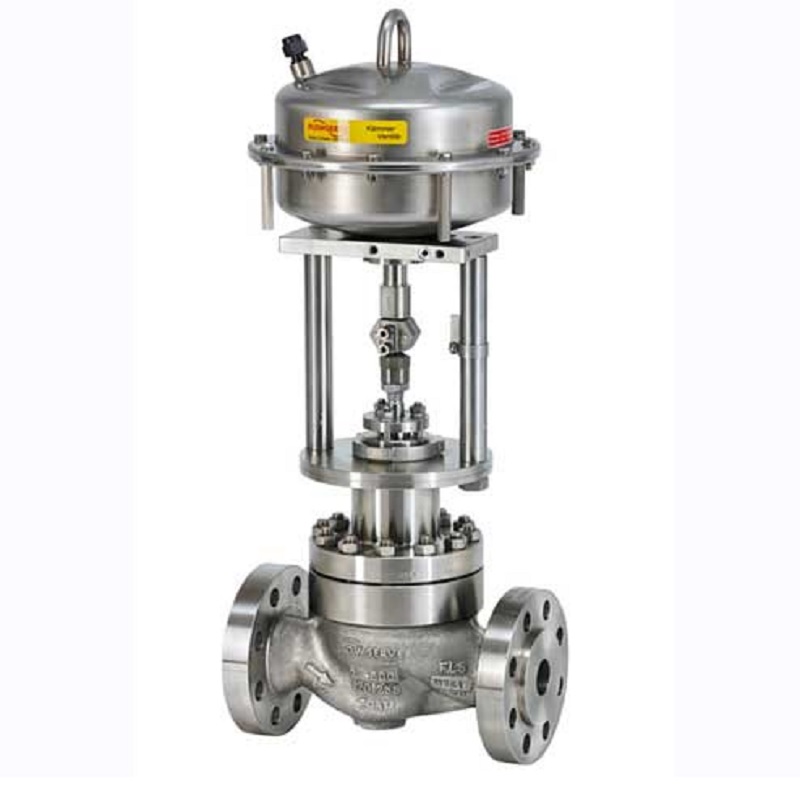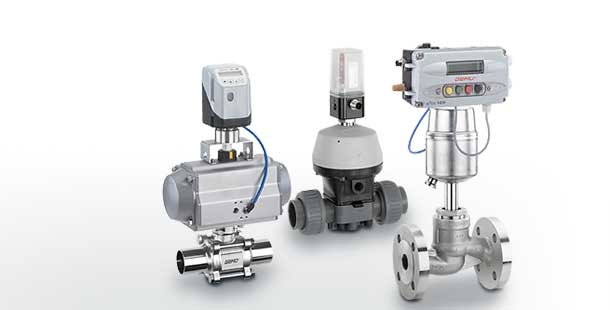Picking the Right Control Valves: A Guide to Optimal System Performance
Picking the Right Control Valves: A Guide to Optimal System Performance
Blog Article

Maximize Power Savings and Comfort With Advanced Building Automation Controls
In the realm of contemporary style and center monitoring, the integration of advanced structure automation controls stands as a pivotal innovation. The convergence of innovation and sustainability has actually birthed a brand-new era where energy performance, comfort optimization, and operational streamlining are no more distant goals but achievable truths. By taking advantage of the power of automation, buildings can adapt, respond, and evolve in manner ins which were as soon as unbelievable. The potential for substantial energy cost savings and improved comfort is not simply a promise but a possibility waiting to be satisfied. This standard shift in structure monitoring holds the essential to opening a globe where ecological conscientiousness and passenger wellness harmoniously exist together within the walls of our frameworks.
Power Performance Conveniences
Power efficiency advantages can considerably lower energy consumption and functional expenses in buildings. By executing energy-efficient methods and technologies, structure owners and operators can achieve considerable cost savings while likewise adding to ecological sustainability. Among the main benefits of improving energy effectiveness in structures is the decrease of energy costs. Energy-efficient systems, such as sophisticated structure automation controls, can optimize the use of resources like heating, illumination, and cooling, leading to lower energy expenses in time.
In addition, boosted energy efficiency can lengthen the life-span of structure tools and systems. By operating much more efficiently, heating and cooling systems, lighting fixture, and various other building components experience much less damage, leading to reduced upkeep and replacement costs. In addition, energy-efficient buildings frequently regulate higher residential property values and rental prices, supplying long-term economic advantages to owners.
In addition, energy efficiency can enhance occupant convenience and productivity. Properly managed indoor atmospheres with ideal lights and thermal conditions create an even more pleasurable and conducive work area, resulting in improved staff member contentment and performance. Overall, the energy performance advantages connected with sophisticated building automation controls are multifaceted, encompassing price financial savings, ecological stewardship, and occupant wellness.
Enhanced Convenience Control
Enhancing comfort control in building settings needs an advanced integration of advanced automation systems for optimum owner health. By using advanced building automation controls, facilities can customize the interior atmosphere to fulfill the details needs and preferences of owners. These systems enable accurate policy of temperature, ventilation, and illumination, developing a comfortable and productive ambience. Owner complete satisfaction and efficiency are carefully linked to thermal comfort, making it important to have systems in position that can adjust to changing problems in real-time.
By integrating these sophisticated controls, buildings can not just boost convenience yet likewise boost power efficiency by maximizing system procedures based on real tenancy and usage patterns. Inevitably, focusing on passenger convenience with sophisticated automation systems leads to a more satisfying and healthier interior environment.
Functional Performance Improvements

Moreover, the execution of real-time monitoring and analytics devices enables building drivers to recognize energy ineffectiveness and functional anomalies quickly. By constantly keeping track of power usage patterns and system efficiency metrics, modifications can be made in real-time to optimize energy consumption and make sure peak operational performance. control valves. In addition, incorporating demand feedback techniques into building automation controls can even more boost functional efficiency by dynamically adjusting power use based on grid problems and rates signals
Indoor Environment Optimization
Efficient interior environment optimization is an essential aspect of building automation controls, making certain occupants' convenience and wellness while taking full advantage of energy cost savings. By utilizing innovative sensing units and controls, building automation systems can constantly readjust and check temperature level, humidity levels, air quality, and ventilation to develop an optimal interior environment. Keeping comfy and constant problems not only improves occupant contentment yet also enhances Click This Link performance and general well-being.
Interior climate optimization likewise plays an important role in energy effectiveness. By fine-tuning home heating, cooling, and air flow systems based upon real-time information and tenancy patterns, building automation controls can substantially lower energy intake - control valves. As an example, implementing strategies such as demand-controlled air flow and thermal zoning can help minimize energy waste while making certain that each area of the building gets the required conditioning.

Sustainable Setting Creation
Building automation manages not just enhance indoor browse this site environment conditions for energy efficiency and resident convenience yet also lay the structure for producing a lasting setting through calculated administration of systems and resources. By integrating innovative building automation technologies, such as sensors, actuators, and intelligent software, centers can check and adjust power usage in real-time to minimize waste and minimize their carbon footprint. These systems make it possible for predictive maintenance, determining prospective concerns before they escalate and maximizing equipment efficiency to improve long life and efficiency.
Additionally, sustainable atmosphere development extends past power management to include water preservation, waste reduction, and indoor air top quality renovation. Structure automation controls can control water use, identify leaks, and make certain appropriate waste disposal techniques, adding to general sustainability initiatives. Additionally, by monitoring and managing air flow and filtration systems, these technologies improve resident health and wellness and performance while lowering power consumption related to heating and cooling procedures.
Final Thought
In verdict, progressed structure automation manages deal considerable benefits in regards to energy cost savings, convenience control, functional performance, interior environment optimization, and developing a sustainable atmosphere. By executing these controls, structures can achieve ideal efficiency while lowering power consumption and boosting passenger comfort. It is evident that making use of sophisticated automation innovation is important in enhancing structure performance and producing a much more lasting future.
Energy effectiveness benefits can dramatically minimize energy consumption and operational expenses in structures. Generally, the power efficiency advantages linked with innovative building automation controls are complex, including price savings, environmental stewardship, and resident health.
Furthermore, incorporating demand feedback methods right into building automation controls can even more enhance operational effectiveness by dynamically adjusting power site link usage based on grid problems and pricing signals.
Building automation controls not just enhance indoor environment conditions for power efficiency and owner comfort however also lay the structure for producing a lasting setting through strategic management of sources and systems.In verdict, advanced structure automation controls deal substantial benefits in terms of energy cost savings, comfort control, functional effectiveness, indoor environment optimization, and creating a lasting setting.
Report this page